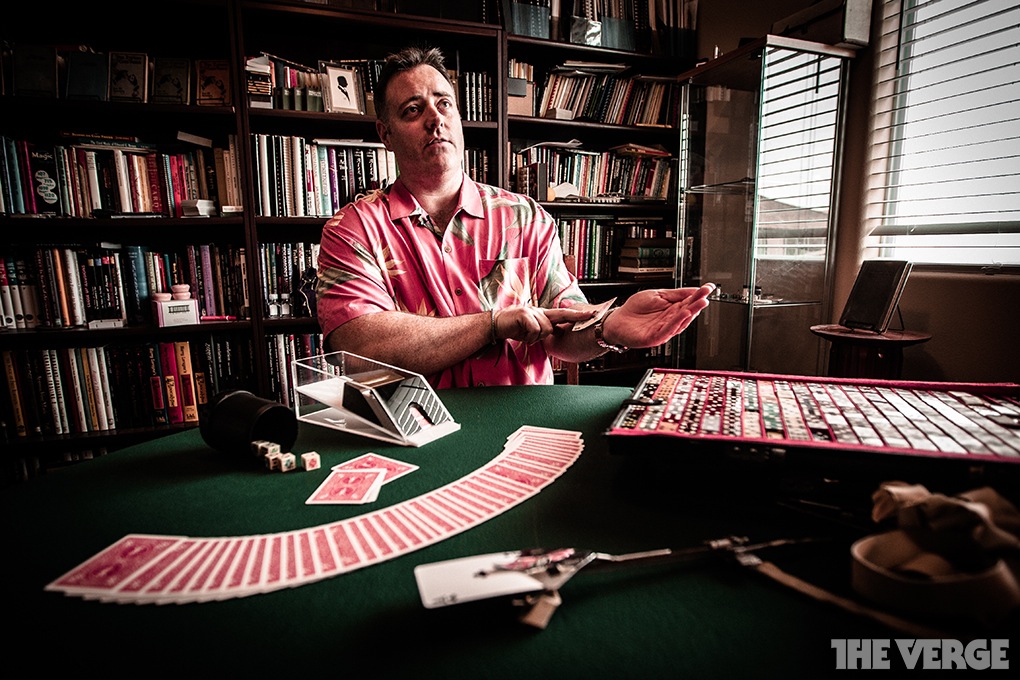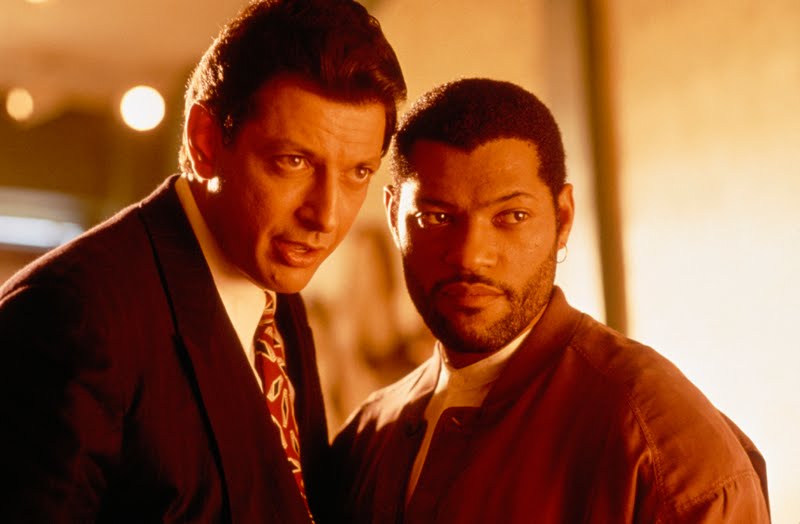via The Verge. Hat Tip: @JJButler_ISA on Twitter. This is a rare in-depth look at casino surveillance and security, which is often referenced (“the eye in the sky,” etc.) but rarely analyzed as thoroughly as it is here.
If you enjoy the content at iBankCoin, please follow us on Twitter“I think most people feel that if you can find a way to beat the casino, more power to you,” says Arnold Synder, his eyes, those telltale features, hidden behind a pair of black sunglasses. “This place set up the rules, they provide the equipment, they provide the dealer, and they’re basically saying, ‘Come in and try to beat us.’”
It’s the welcoming whisper, the allure of easy fortune. Folks come in and wager, hoping they’ll be the exception to the rule that the house always wins. Then there are the savvier players, those who don’t simply hope, but actively seek an advantage — sometimes by any means necessary. Probably for as long as there have been wagering games, players have sought an edge. Depending on the orientation of your moral compass, sometimes that search tips over into outright cheating. And for as long as there have been cheats, the house has tried to stop them. Today, when every smartphone is a computer, camera, and communications device, the potential for cheating is probably greater than it’s ever been. But the casinos are fighting back with technology of their own.
The rise of blackjack and the counting computer
Arnold Snyder has known plenty of savvy players, even been one himself. A long-time professional gambler, he’s the author of The Big Book of Blackjack and publisher ofBlackjack Forum Online. Blackjack’s a particularly interesting game, Snyder says, because for a long time it wasn’t very popular. At the end of World War II, when the Nevada casinos (then the only legal gambling joints in the country) were first building their business, they featured row after row of dice tables. G.I.’s fighting in the trenches threw craps, because dice were durable and waterproof. When they returned stateside, they brought their love of the game back with them. Blackjack, in contrast, was a niche game.
That all changed in 1962, when Random House published Edward O. Thorp’s Beat The Dealer: A Winning Strategy for the Game of Twenty-One. While an instructor at M.I.T., Thorp had used the school’s IBM 704 computer and a mathematical formula called the Kelly criterion to develop his method for counting cards, providing a potential edge over the house. It wasn’t much — perhaps 1% — but it made blackjack a potentially lucrative game. Beat the Dealer became an improbable bestseller, as thousands of gambling naifs imagined themselves proud owners of a genuine get-rich-quick scheme. Most overestimated their skill and determination, but flooded the casinos nonetheless. Suddenly blackjack became big business.
One of those thousands was a Raytheon engineer and devout Baptist from Mountain View, California, named Keith Taft. “Keith Taft was about 10 steps ahead of everybody back in the ‘70’s and ‘80’s,” says Snyder. “He was astonishing. He’s a legend.”








